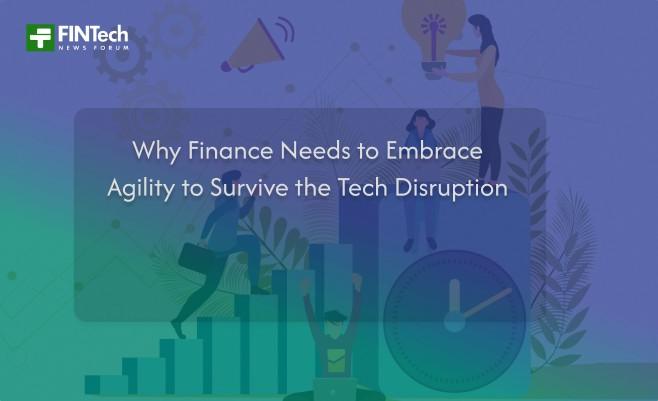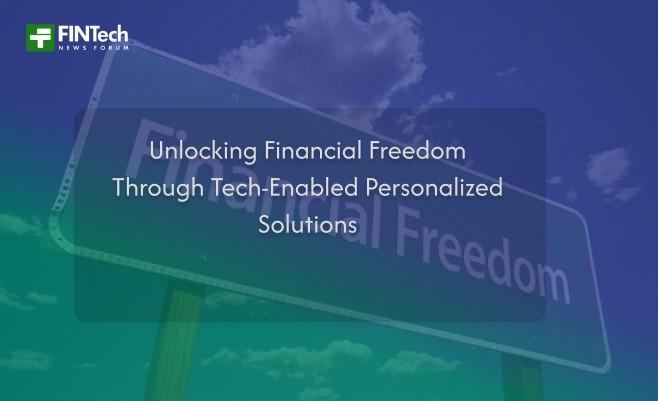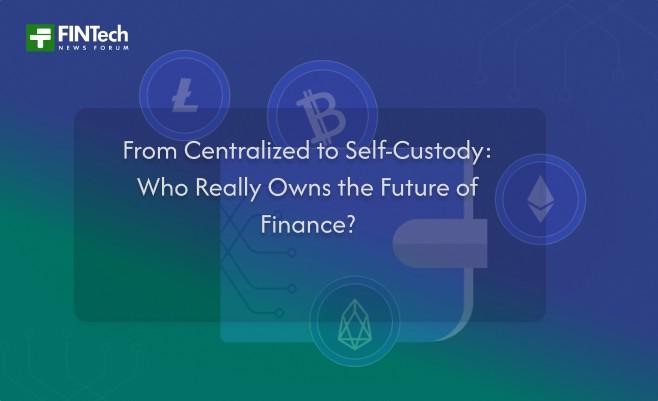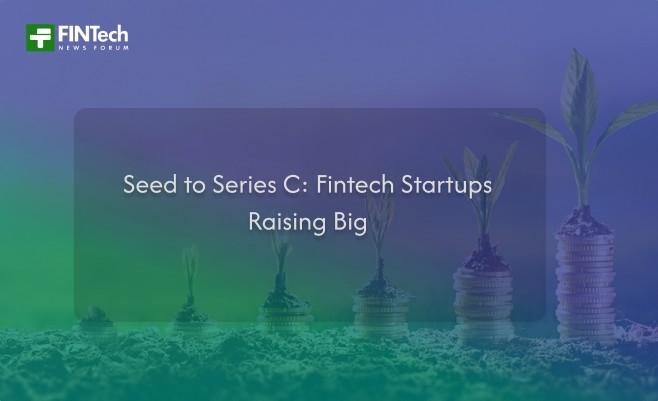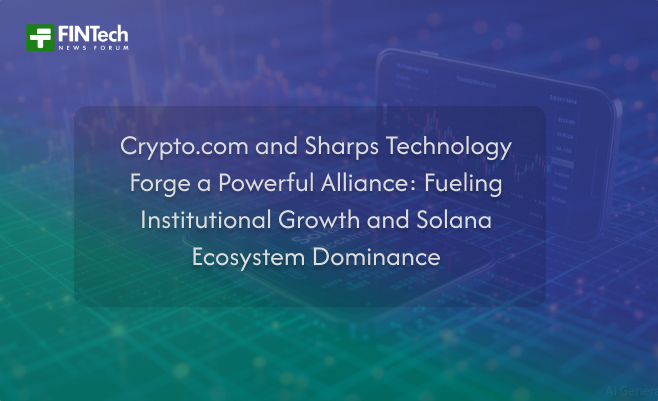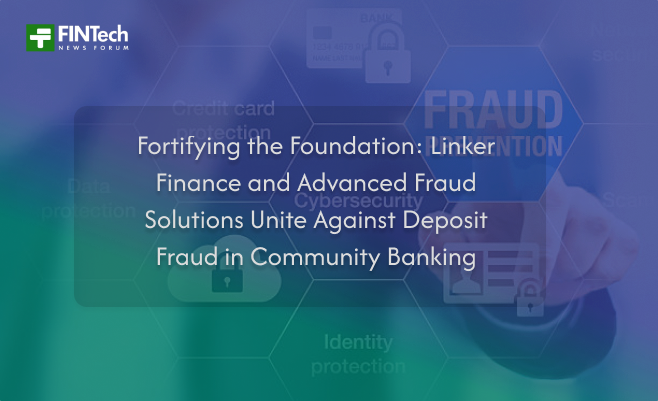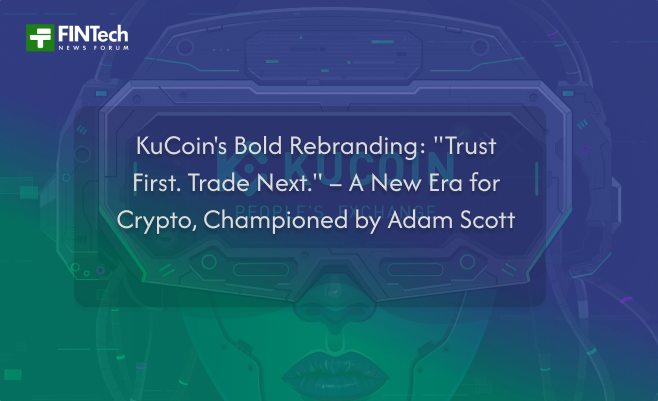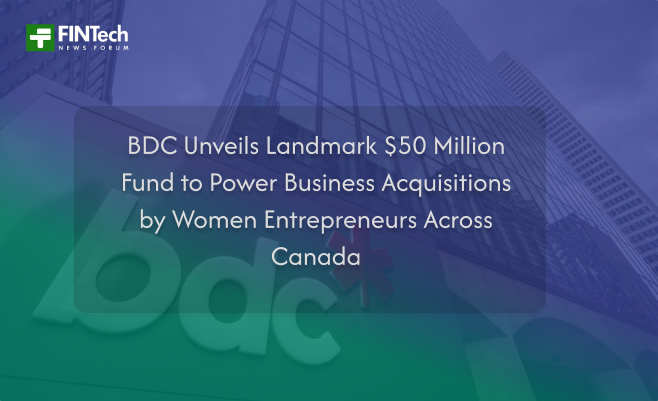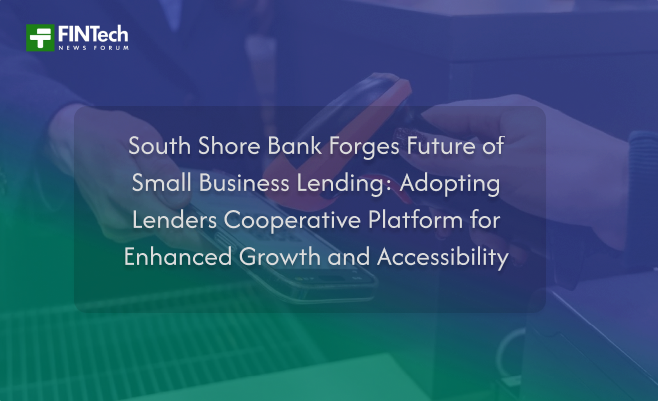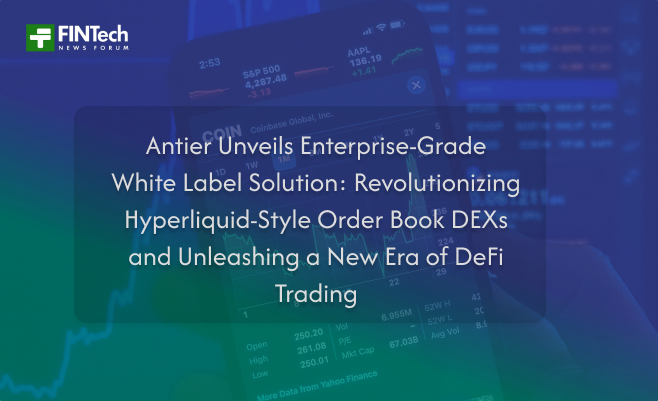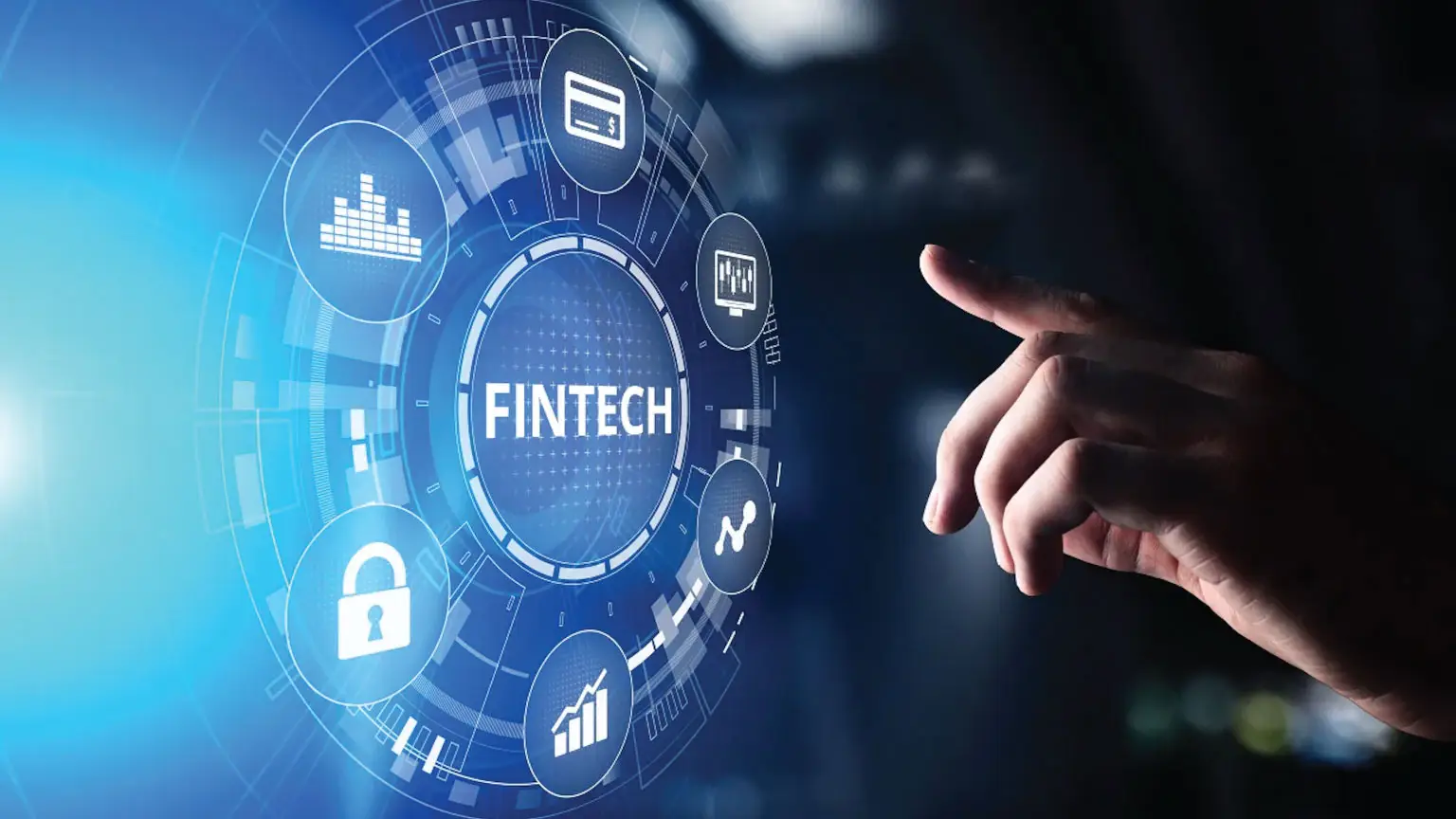
As global awareness of environmental sustainability grows, the circular economy—a model focused on minimizing waste and maximizing resource reuse—is gaining momentum. However, transitioning from the traditional linear “take-make-dispose” model to a circular one requires innovative financing solutions to support businesses and consumers in adopting sustainable practices. This is where FinTech steps in, providing tailored financial products, data-driven insights, and digital platforms that accelerate the flow of capital toward circular economy initiatives, making sustainable development both feasible and profitable.
📌 What Is Circular Economy Financing?
Circular economy financing refers to the funding mechanisms designed to support projects and business models that prioritize reuse, recycling, refurbishment, and sustainable resource management. These can include loans for companies developing recycled materials, investment in product-as-a-service models, or financing consumer participation in sharing economies.
Traditional financing often overlooks these ventures due to perceived risks or unclear returns. FinTech innovations bridge this gap by offering more accessible, flexible, and transparent funding channels.
📌 How FinTech Enables Circular Economy Financing
FinTech companies are uniquely positioned to support the circular economy through several key innovations:
- Digital Lending Platforms
By leveraging alternative credit scoring models—such as transaction history or sustainability impact metrics—FinTech lenders can extend credit to circular economy startups and SMEs that may lack traditional credit history. - Tokenization and Blockchain
Blockchain technology allows assets like recycled materials or carbon credits to be tokenized, creating new markets and liquidity for circular economy assets, while ensuring transparency and traceability. - Crowdfunding and Peer-to-Peer Lending
FinTech platforms enable community-backed financing where individuals can directly fund circular economy projects, democratizing investment and increasing capital availability. - Data Analytics and Impact Measurement
Advanced analytics track the environmental and financial performance of funded projects, helping investors make informed decisions and report on sustainability outcomes.
📌 Examples of FinTech-Driven Circular Economy Models
Several innovative projects showcase FinTech’s role in enabling circular financing:
- Product-as-a-Service (PaaS) financing allows consumers to subscribe to goods (e.g., electronics, fashion) rather than buying outright, supported by digital payment and credit solutions.
- Recycling incentive platforms use blockchain to reward consumers and businesses for returning materials, financed through digital wallets and microtransactions.
- Green bonds and sustainability-linked loans facilitated by FinTech platforms connect capital markets with circular economy initiatives more efficiently.
📌 Challenges and Opportunities
While promising, circular economy financing through FinTech faces challenges including regulatory complexity, the need for robust impact verification, and integrating diverse stakeholders across supply chains.
Nonetheless, the opportunity to align profitability with sustainability goals is immense. FinTech’s agility, transparency, and user-centric design position it as a critical enabler of the circular economy’s growth.
✅ Conclusion: FinTech as a Catalyst for a Sustainable Future
FinTech is proving to be a vital catalyst in financing the circular economy by providing innovative, inclusive, and transparent financial solutions. As businesses and consumers seek sustainable alternatives, FinTech’s ability to mobilize capital, measure impact, and foster collaboration will drive the transition toward a more resource-efficient and resilient global economy. Embracing this synergy promises not only environmental benefits but also new avenues for economic growth and innovation.


